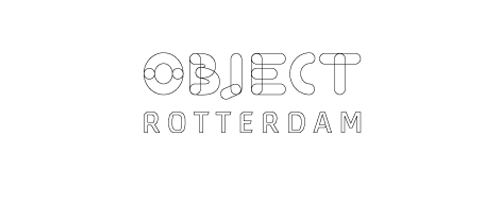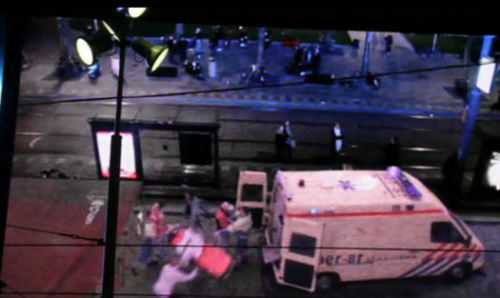 click > enlarge
click > enlarge
If you’re bad with languages, let me help you out with this one: “Elektrobotenhuis” is Dutch for “electric boat house.” But this is not your average botenhuis. Designed by Rotterdam-based Sebastiaan Jansen Architectuur, this botenhuis is also an electric boat charging station – the first of its kind in the country. I guess I’m behind the times because I didn’t even know we were making electric boats yet and now designers are creating incredible-looking charging stations for them.
The structure’s large, angled bow gives a nod to the thousands of ships that will dock and charge here each year. It houses machinery to rebuild and restore beat up boats as well a gallery that does away with the typical white wall and instead displays objects floating on the surface of the water. If that wasn’t cool enough, it’s also remarkably energy efficient. The roof holds 72 solar panels that generate and store enough energy to power 1,385 boats per year.



designer: groosman partners architecten
location: friesland, the netherlands
completed: 2011
space: 700 sqm
photos: sebastiaan jansen

about perrin drumm

Timed simultaneously with Art Rotterdam, this third annual exhibition of design from The Netherlands and abroad promises to be an interesting offering. Nearly 20 galleries will be showcasing unique and limited edition objects and include exhibits from Galerie Marzee (Netherlands), FAT galerie (Paris), Atelier Barbara Broekman (Amsterdam), VIVID Gallery (Rotterdam) and Thomas Eyck (Netherlands).
february 10—13 2011
 creative dutch government implements an integrated reality billboard in amsterdam to educate and shame passers-by.
creative dutch government implements an integrated reality billboard in amsterdam to educate and shame passers-by.
Wondering if this really works: Passing by an interactive billboard playing out a violent street crime. It probably causes your head to spin for a few hours while looking over your shoulder. What would you do if it was really happening in front of you? Whatever you do, if you’re going to act on behalf of the victims be safe and smart, do it at a distance.
###
In the Netherlands, it’s apparently not uncommon for public employees to encounter aggression and even violence while carrying out their day-to-day responsibilities. And Dutch citizens, it would seem, would rather not get involved in somebody else’s altercation.
So the Dutch government got creative with a public service ad aimed at urging citizens to stand up for their public workers, using augmented reality to place people on the street in the middle of a violent confrontation.
An interactive billboard placed above crowded Amsterdam and Rotterdam thoroughfares displays, in real time, a view of the street below. Passers-by can see themselves live on the massive screen, but though the curb space in front of them is empty, on the screen there’s a tense confrontation unfolding as they stand there and gawk.
The idea is to more or less shame citizens for their inactivity when they see a violent confrontation taking place. By making citizens aware of what they look like when they ignore a wrong being committed right in front of them, the government hopes to engender a sense of shared responsibility and a willingness to come to victims’ aid.
[
source ]
 click > enlarge
click > enlarge







